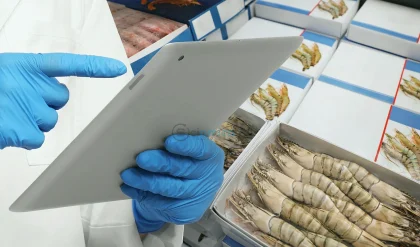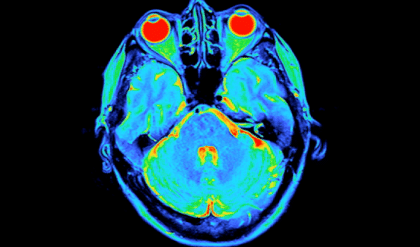
Recent advancements in Parkinson’s disease (PD) research indicate a shift in diagnostic capabilities that could significantly enhance early intervention strategies. While many current treatments primarily focus on slowing the disease’s progression, the key to optimizing patient care lies in early diagnosis. However, existing diagnostic methods, including clinical rating scales and neural imaging, have been criticized for being both subjective and costly. A groundbreaking study presented in the journal Analytical Chemistry by researchers from the American Chemical Society offers a novel and inexpensive approach to screening for PD using the odors from earwax.
Previous studies have identified that changes in sebum, an oily substance produced by the skin, can be indicative of PD. Particularly, the distinct smell of sebum may be affected by the presence of volatile organic compounds (VOCs), which change due to factors such as neurodegeneration, systemic inflammation, and oxidative stress associated with the disease. One drawback of examining sebum from the skin is that it can be influenced by environmental factors, such as pollution and humidity, compromising its reliability as a testing medium. In contrast, sebum from the ear canal is protected from these elements, making earwax a more stable candidate for analysis.
To explore the potential of earwax as a diagnostic medium, researchers led by Hao Dong and Danhua Zhu collected samples from 209 participants—108 of whom had been diagnosed with PD. Using gas chromatography and mass spectrometry, the team analyzed the chemical composition of the earwax samples. Their investigation revealed that four specific VOCs were present in significantly different concentrations in the earwax of individuals with PD compared to those without. These VOCs include ethylbenzene, 4-ethyltoluene, pentanal, and 2-pentadecyl-1,3-dioxolane, which the researchers propose as potential biomarkers for the disease.
Building on these findings, Dong, Zhu, and their team developed an artificial intelligence olfactory (AIO) system to analyze the VOC data obtained from earwax. The AIO model demonstrated impressive performance, achieving a 94% accuracy rate in categorizing earwax samples from individuals with and without PD. The researchers believe that this AI-based screening tool could serve as a first-line method for early detection of Parkinson’s disease, which is crucial for timely medical intervention and enhanced patient care.
However, Dong cautions that the research represents a small-scale, single-center study conducted in China, emphasizing the need for further investigation. The next steps will involve conducting broader studies across different stages of the disease, involving multiple research centers and diverse ethnic groups, to ascertain the widespread applicability of this diagnostic method.
This innovative approach has gained support from various funding sources, including the National Natural Sciences Foundation, the Pioneer and Leading Goose R&D Program of Zhejiang Province, and the Fundamental Research Funds for the Central Universities. As research continues, the hope is that this simple and cost-effective screening method will transform the landscape of early Parkinson’s disease diagnosis and treatment.
Reference:
- Xing Chen, Yi Li, Chenying Pan, Shenda Weng, Xiaoya Xie, Bangjie Zhou, Hao Dong, Danhua Zhu. An Artificial Intelligence Olfactory-Based Diagnostic Model for Parkinson’s Disease Using Volatile Organic Compounds from Ear Canal Secretions. Analytical Chemistry, 2025; DOI: 10.1021/acs.analchem.5c00908






